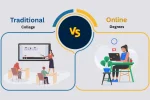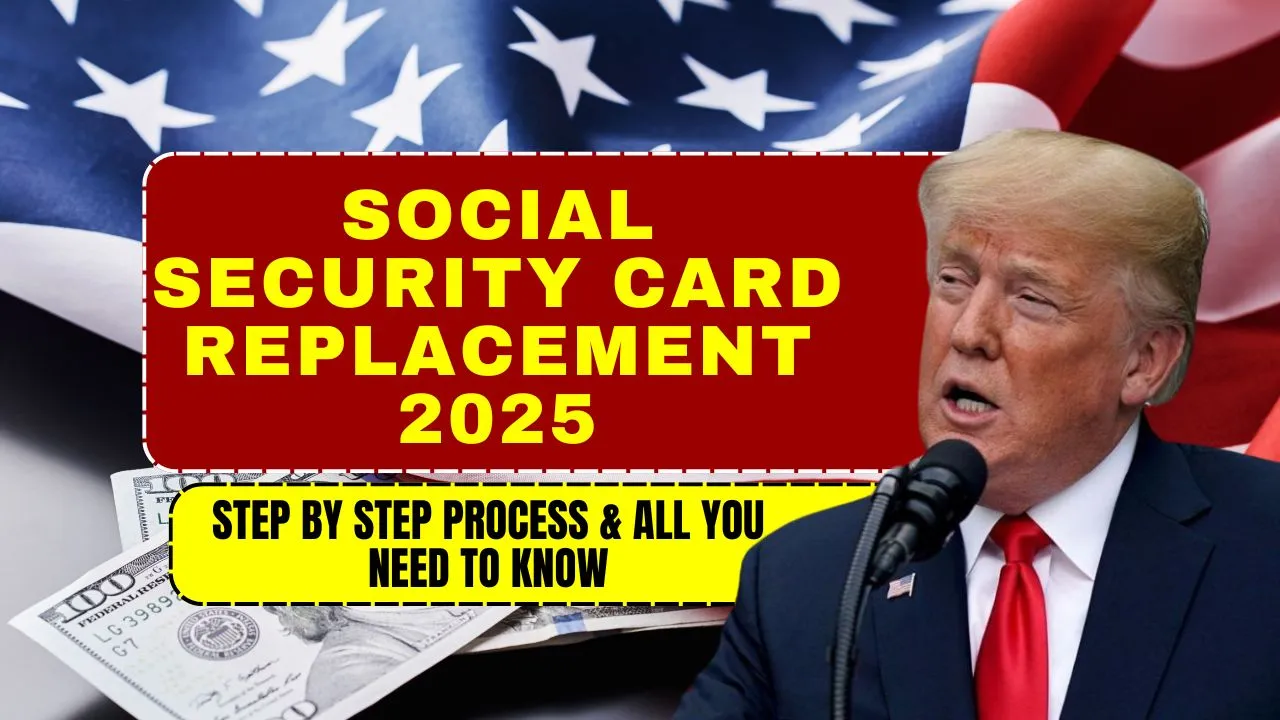FAFSA 2025–26 Changes and Their Impact on Students: As the cost of higher education continues to climb, financial aid remains an essential tool for students planning their academic futures. At the center of this system is the Free Application for Federal Student Aid (FAFSA), which determines eligibility for grants, loans, and work-study opportunities. For the 2025–26 academic year, the FAFSA has undergone significant changes aimed at simplifying the process and making it more accessible for students and families.
These updates come as part of a broader effort by the U.S. Department of Education to reduce barriers to federal aid and increase college affordability. Whether you’re a high school senior, returning student, or financial aid advisor, understanding what’s new in FAFSA 2025–26 is key to navigating the process with confidence and maximizing your aid potential.
FAFSA 2025–26 Changes and Their Impact on Students
The FAFSA 2025–26 changes and their impact on students reflect a push toward streamlining and modernizing the federal aid process. The most noticeable shift is a much shorter form—down to 36 questions from over 100—and a new structure for contributors, such as parents or spouses, to securely provide tax and income information. These updates aim to reduce confusion and errors, making it easier for more students to complete the form and access the aid they need. Alongside these form improvements, the introduction of the Student Aid Index (SAI) replaces the Expected Family Contribution (EFC), providing a more accurate reflection of a student’s financial need.
Overview Table
| Key Change | Details |
| Form Availability | Full rollout began December 1, 2024 |
| Question Reduction | Down from 108 to approximately 36 questions |
| Contributor Framework | New system to define and invite parents/spouses to enter info |
| Mandatory IRS Data Transfer | Required for all applicants using 2023 tax returns |
| EFC Replaced with SAI | Student Aid Index may show negative values to highlight greater need |
| Deadline Variability | Federal deadline: June 30, 2026; state/institutional deadlines may differ |
| Filing Support | More assistance from financial aid offices and batch corrections |
| Form Error Flags | System highlights issues before submission for faster processing |
When and How to File
Timing is critical when applying for financial aid. While the federal deadline for the 2025–26 FAFSA is June 30, 2026, many state and institutional deadlines come much earlier—some as soon as March or April 2025. For instance, students applying to the University of California or California State University systems must file by April 2, 2025.
To ensure timely processing and avoid missing aid opportunities, students should:
- Set up FSA IDs for themselves and contributors well in advance.
- Gather 2023 tax returns, W-2s, and records of untaxed income.
- Complete the FAFSA online at studentaid.gov or through the myStudentAid mobile app.
Applying early not only increases the likelihood of receiving aid but also provides more time to resolve any data discrepancies or verification requests.
What the Changes Mean for Students
The redesigned FAFSA promises several benefits for students:
- Simplified Completion
The reduced number of questions and improved flow makes the process less daunting and faster to complete. Most students can now finish the form in under 30 minutes. - Improved Accuracy with IRS Data
The automatic transfer of tax data directly from the IRS ensures greater accuracy and minimizes errors that could delay aid. - New Contributor System
Students can now invite contributors (e.g., parents, spouses) through their FAFSA dashboard, streamlining the process for dependent and married students. - More Transparent Aid Calculation
The Student Aid Index (SAI) replaces the outdated EFC, potentially offering more support to low-income applicants and providing clearer guidance on expected financial need. - Better Support Services
Colleges now have improved tools to batch correct applications and resolve issues faster, which can mean quicker aid decisions for students.
Tips for a Smooth Application Experience
To take full advantage of the 2025–26 changes, students should:
- Start Early: Create FSA IDs and begin collecting financial documents now.
- Check for Priority Deadlines: Every college and state has its own deadlines—don’t wait until the federal deadline.
- Use IRS Direct Data Transfer: It’s mandatory and ensures accuracy.
- Understand SAI: Familiarize yourself with how the new Student Aid Index works and how it may affect your aid package.
- Stay Organized: Keep copies of your FAFSA confirmation and related documents in case of future review.
FAQ
1. What is the FAFSA deadline for 2025–26?
The federal deadline is June 30, 2026, but many colleges and states have earlier priority deadlines. For example, California students applying to UC or CSU schools must file by April 2, 2025.
2. What is the main difference between EFC and SAI?
The Student Aid Index (SAI) replaces the Expected Family Contribution (EFC) and can reflect more nuanced financial need. SAI values can even be negative, which helps identify students in greatest need of assistance.
3. Who qualifies as a contributor on the FAFSA?
A contributor is any individual—such as a parent or spouse—required to provide income and tax information. The form will guide applicants in identifying the correct people.
4. Can I still submit a paper FAFSA?
Yes, but it is slower. Online applications process much faster and include built-in tools to reduce errors.
5. How long does FAFSA processing take in 2025–26?
Online applications are generally processed within 1 to 3 business days. Paper submissions can take 7 to 10 business days or more.
Final Thought & Call to Action
The FAFSA 2025–26 changes represent a major step toward a simpler, more accessible financial aid process. With fewer questions, enhanced accuracy, and stronger support tools, students have a better chance of receiving the aid they deserve—if they act on time.
Don’t delay your future. Create your FSA ID, gather your financial documents, and complete your FAFSA as early as possible. If you have friends or family applying for college, share this information to help them avoid missing out on vital aid. And if you have questions or experiences to share, drop them in the comments—we’re here to support your path to higher education.















